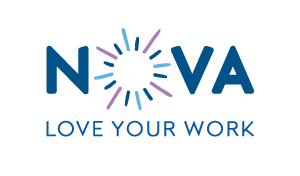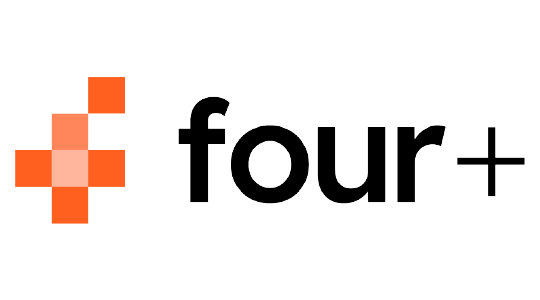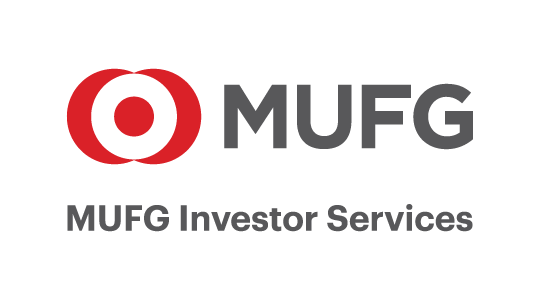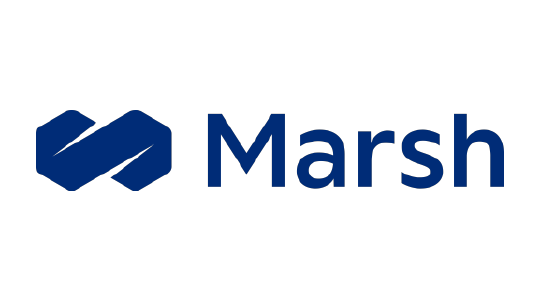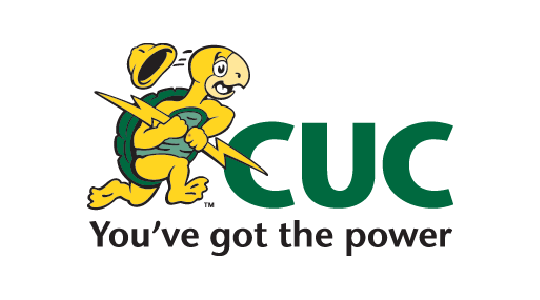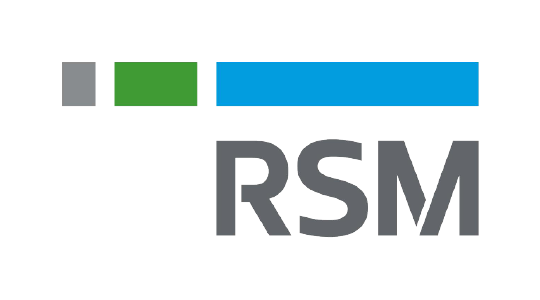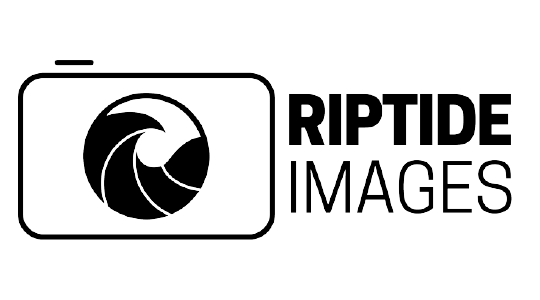If you’ve been following Nova for any amount of time, you’ve probably read or heard one of our team members telling you to tailor your resume to the job you’re applying for. But how do you actually do this?
Every job is different and what is valued by one may not be valued by another, and by supplying the same resume for every role you apply for, you are cutting yourself out of showing how you can add specific value to a job and company. If every job is different, then each resume you send out should be different as well.
Especially in the current employment market where there are more job seekers and fewer jobs available, it’s more important than ever to show future employers your value and stand out from the crowd.
Understand the Job You’re Applying For
To effectively tailor your resume, you’re going to need to understand the role and what the hiring manager is looking for, so get out a copy of the job description and get ready to read it a few times.
There are a few questions that you should be thinking when reading the job description: What responsibilities are mentioned first? What specific requirements or qualifications are they looking for? Are any themes repeated throughout? (things like strong communication skills, leadership, attention to detail, etc.)
To make it easy, follow these steps and make sure you’ve answered the above questions during this process.
1. First, just read through the job description without making any notes and take time to ensure that this is a role that is suited to you and that you’re interested in.
2. Next, make a note of anything that seems essential for the role (often, these items are mentioned a few times throughout). Another way to do this is to copy your job description into a cloud generator like this one and let the system do this for you manually.
3. Lastly, go through and make a note of all of the points in the description that you can speak to with your background and experience.
Begin to Tailor Your Resume
Now that you have pulled out the relevant information in the job description, it is time to look at your resume and figure out how to incorporate the skills you’ve pulled out from the job description.
It may seem like a lot of work to tailor your resume for each particular job you’re applying for, but this is proven to be the most effective and efficient way to job search, and will be worth the time and effort. You can use your current resume as a ‘core’ and then just tweak and tailor individual sections that are relevant per job.
Which sections should you look at when you tailor your resume?
Your introduction/summary section: Not everyone includes this section on your resume, but if you have this section, it is prime real estate to make your first impression immediately relevant as to why you’re applying. You want to showcase the most relevant accomplishments and experience here that you identified in the exercise above.
Your work experience: Generally, we would recommend using a reverse-chronological resume format for your resume as this is the most widely accepted and expected resume format in Cayman by employers. That said, if the hiring manager is looking for skills or qualities that you have not been actively using for a few years, it may make sense to break out your experience into sections.
For example, the leading quality of the job is calling for marketing experience, and you have this experience but not in your two most recent roles. Instead of listing your experience chronologically, you could break it into two sections labelled “Marketing Experience” and “Other Work Experience”.
The Bullet Points for Each Job: The work experience section of your resume is one of the first places a hiring manager’s eyes first gravitate to on a resume, so make sure you have the most relevant information listed first.
For example, if the job description emphasized the importance of social media marketing, don’t mention your experience planning company events first. Instead, list your experience managing multiple social media channels and creating a content calendar for the company. Even if this was a small portion of your role, find a way to demonstrate your experience!
Provide compelling evidence
Not all points are created equal. You can have two that are both written about the same core skill/experience, but one will be far superior and more likely to hook the hiring manager.
Option 1 “Frequently required to conduct sales pitches to a varied portfolio of clients.”
Option 2 “Liaised with management and developed a customer-centric sales pitch that was implemented company-wide to improve new lead conversions, ultimately leading to an increase in 32% of new client onboarding.”
Option 2 is the better option here as it highlights your expertise, paints a realistic picture of a scenario that hiring managers can envision in their organization, and shows results. Facts, figures, examples, stories. Show them proof that you can come in and get the job done successfully.
Ideas of facts and figures to include:
- Percentages (led to an _% increase in XXX)
- Dollar amounts (managed $___ worth of XXX)
- Number of people (Managed XXX client accounts, Trained a team of XXX new employees per month, etc)
- Double Check Your Work
Did You Include Everything Relevant?
Once you feel like you have ticked all the boxes, included all of the keywords, and tailored your resume to the best of your ability, check it all over one more time.
You can use a site like JobScan to do this for you and take the legwork out. Upload a copy of the job description you’re working with alongside a copy of your resume that it is ready and let the system scan to see how well you’ve matched up.
Save Your Updated Resume
This may seem like common sense, but if you put a little organizational magic behind this, it can be advantageous down the line!
Think about it: if you tailor your resume every time you apply to a job, and you are applying for several roles, you’re going to find yourself with multiple versions of your resume quickly, and it can get a little overwhelming.
- Have a folder on your computer just for your resumes and then have a sub-folder for the different versions of your resume organized in a way that makes sense so you can find them later if needed. Maybe think about saving them in a folder that is the name of the organization you’re applying to.
- When you save your resume, make sure that it is named something appropriate and professional as chances are the hiring manager will see the file name when you attach.
